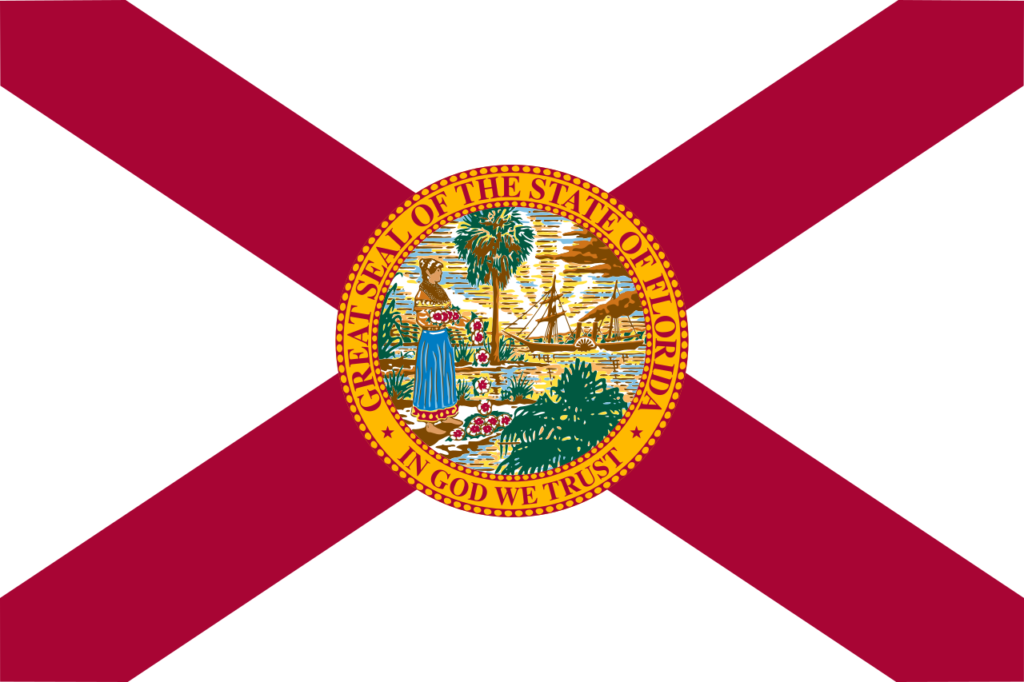How is a Folio/Tax/Parcel Number Determined?
A folio/tax/parcel number is typically determined through a property assessment.
Folio Number in Miami
In Miami-Dade county, the folio number is utilized. Specifically, the folio number is formatted as a 13 digit number (99-9999-999-9999), and is broken down into: Municipality, Township, Range, Section, Subdivision and Parcel Identifier.
Municipality
The first two digits of the folio number, as listed on the adjoining chart. Code 30 indicates properties in Miami-Dade County not within the municipality; this is known as “unincorporated” territory.
Township, Range, and Section
The next four digits of the folio number. This indicates the Township, Range and Section based on the Public Land Survey System (PLSS).
1) Township
The first digit of this section. Township runs from North to South in ascending order. In Miami-Dade county, the township starts with 51 and changes every 6 miles going South until township 59. Note: The first number of the township (5) is omitted and only the second number is used in the folio number. A township is 36 square miles.
2) Range
The second digit in this section is the range number. The range starts at 35 in the far-reaching West and changes every 6 miles going East until it hits 42. Note: The first digit of the range is omitted and only the last number is used in the folio number.
3) Section
The last two digits are the section number, and this number ranges from 1 to 36, which there existing 36 sections in each township. A section is usually 1 square mile.
4) Sub-Division
The next 3 digits of the folio number. If your home is an un-subdivided property, you should see ‘000’ in your report. Every subdivision within a section is given a consecutive number. For example, 006 within a section is the 6th subdivision recorded within the section. Some acreage parcels were apart of the old subdivisions and has the code ‘001’ or ‘002’.
5) Parcel Identifier
The last three digits of the folio number.




Comments are closed.